A chicken plucker lets you take feathers off birds fast and easy. You save a lot of time compared to plucking by hand. Manual plucking only does 10 to 15 birds each hour.The poultry processing market was $0.17 billion in 2023 and is still growing. Using a chicken plucker means you work less and get cleaner birds. This makes it a good idea for beginners and small farm owners.
Key Takeaways
A chicken plucker takes off feathers fast and easy. It saves you a lot of time compared to pulling feathers by hand. Using a chicken plucker keeps the meat more clean and safe. It lowers how much you touch the meat and helps stop germs. There are two main types of chicken pluckers. Drum pluckers are good for big jobs. Handheld pluckers work well for small groups or people just starting. Putting birds in hot water before plucking makes feathers come off easier. It also helps protect the skin and meat. Clean the machine often and check it, especially the rubber fingers. This helps the chicken plucker work well and stay safe.
What Is a Chicken Plucker?
Definition
A chicken plucker is a tool that helps you take feathers off birds fast. You put the bird inside the machine. The machine has spinning rubber fingers that pull out the feathers. This is much faster than pulling feathers by hand. You can use a chicken plucking machine for chickens, ducks, and other birds. The main reason to use it is to make getting birds ready for cooking or selling much easier.
The chicken plucker machine is simple. It has a drum or tub that spins around. Rubber fingers are inside the drum. When you turn it on, the drum spins and the fingers rub the bird. This takes off the feathers but does not hurt the skin or meat. You get a clean bird quickly, and the meat stays good for cooking or selling.
Purpose
A chicken plucker saves you time and hard work when you process birds. Pulling feathers by hand takes a long time and makes you tired. With a chicken plucker, you can do more birds in less time. This is great for small farms, people with backyard birds, and big businesses too.
Tip: Using a chicken plucker machine keeps the meat cleaner and lowers the chance of germs. Less touching means safer food for your family or people who buy from you.
Here is a table that shows how much time you save with a chicken plucker compared to doing it by hand:
|
Technical Statistic / Benefit |
Detail / Impact |
|---|---|
|
Processing time per bird (manual) |
|
|
Processing time per bird (automatic) |
1–2 minutes |
|
Efficiency gain |
Big drop in time needed |
|
Consistency and hygiene |
Birds look better and are cleaner |
|
Operational cost |
Less work means you save money over time |
|
Scalability |
Good for small and big farms |
|
Biosecurity compliance |
Less touching means fewer germs |
You can see that a chicken plucker machine saves time and makes the meat better. The process is the same every time, and you can do more birds each day. This helps if you want to grow your bird business or just make things easier at home.
Here are some ways a chicken plucker helps you work faster and easier:
-
Automatic chicken pluckers take off feathers fast and clean, so there is less chance of germs and it is easier to follow food safety rules.
-
Machines help you keep up with orders, even if you have fewer workers or higher costs.
-
Both hand and electric chicken plucker machines help you do more birds, whether you have a few or a lot.
A chicken plucker machine also keeps the meat safe. Fast water jets and rubber fingers work together to take off feathers without hurting the skin or meat. Some machines have smart parts like sensors and AI to help with different bird sizes and feather types. This gives you good results every time.
You can find chicken plucker machines in many sizes. Some are small and easy to move for backyard use. Others are big and strong for large farms. No matter what size you pick, the main goal is the same: to help you process birds fast, keep the meat clean, and make your job easier.
How a Chicken Plucker Works
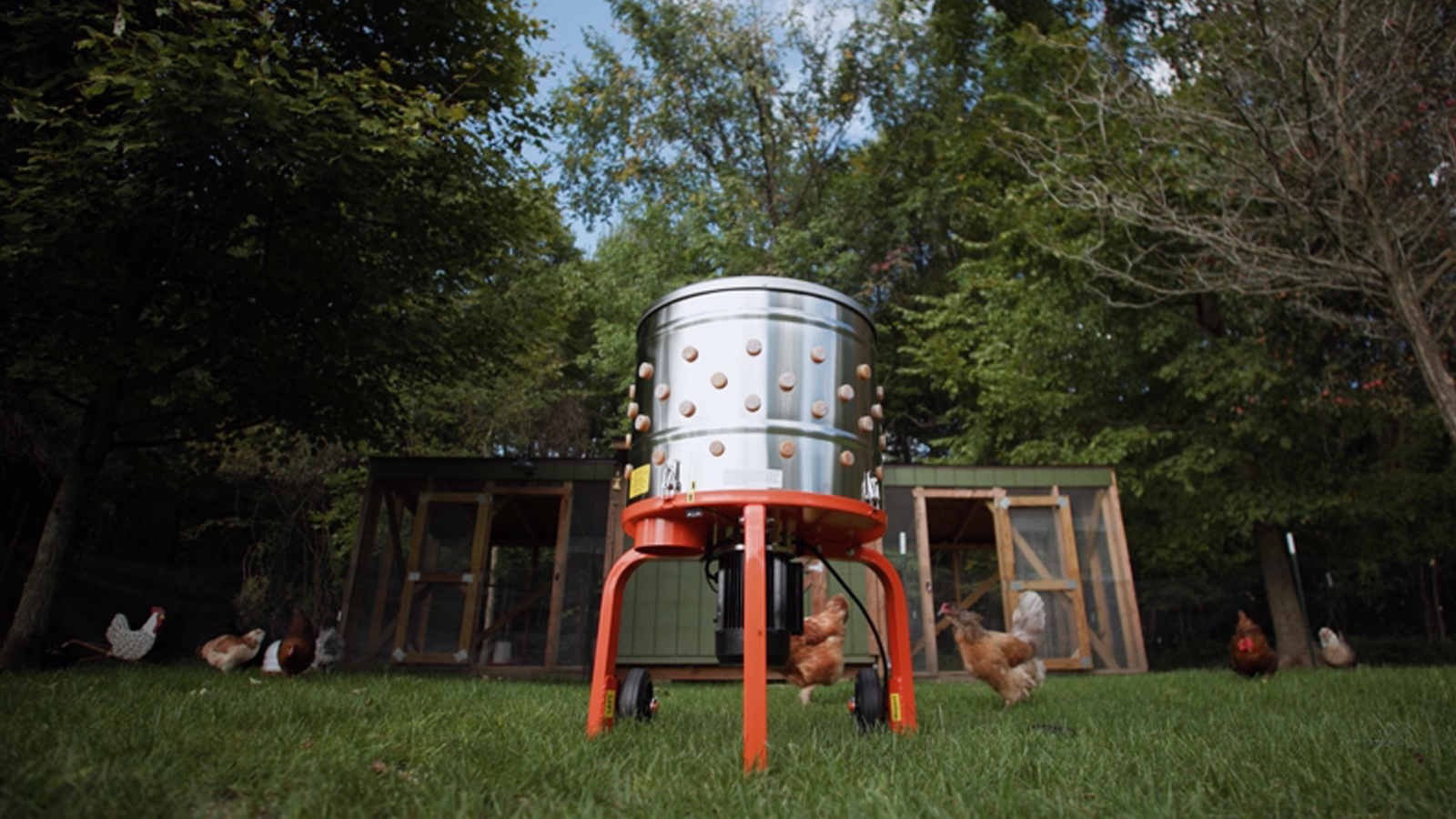
Main Mechanism
When you use a chicken plucker, you see how simple the process can be. Most machines use a spinning drum or tub. This part holds the bird while it turns. Inside the drum, you find many rubber fingers. These fingers grab and pull out feathers as the drum spins. The rubber fingers do not damage the skin or the meat. You get a clean bird in just a few minutes.
A tub plucker works well for small farms and backyard use. You place the bird inside the tub plucker, turn on the machine, and watch the feathers come off. The spinning action and the rubber fingers do most of the work for you. This method increases feather removal efficiency and saves you a lot of time.
Tip: Always check that the rubber fingers are clean and in good shape. Worn-out fingers can make plucking a chicken harder and may leave feathers behind.
Scalding vs. Dry Plucking
Before you start plucking a chicken, you need to decide if you want to use scalding or dry plucking. Scalding means dipping the bird in hot water for a short time. The hot water loosens the feathers and makes them easier to remove. Most people use scalding because it helps the tub plucker work faster and gives you better results.
Here is a simple step-by-step guide for scalding:
-
Heat water to about 145°F (63°C).
-
Dip the bird in the water for 30 to 60 seconds.
-
Move the bird around to make sure all feathers get wet.
-
Take the bird out and put it in the chicken plucker right away.
Scalding helps protect the skin and keeps the meat tender. It also makes cleaning the bird easier. If you skip scalding, you can try dry plucking. Dry plucking does not use water. You put the bird straight into the tub plucker. This method works best for certain birds, like game birds, where you want to keep the skin dry. Dry plucking takes more time and may not remove all feathers as cleanly.
Note: Scalding is the best choice for most people who want to save time and keep the meat in good shape.
Time Per Bird and Overloading
A chicken plucker can process one bird in about 1 to 2 minutes. This speed helps you finish plucking chickens much faster than by hand. If you use a tub plucker, you might want to put in more than one bird at a time. Try not to overload the machine. Too many birds can slow down the process and may damage the meat or the machine.
Here is a quick table to help you remember the best practices:
|
Step |
What to Do |
Why It Matters |
|---|---|---|
|
Scald the bird |
Use hot water before plucking |
Loosens feathers, protects meat |
|
Use right amount |
1-2 birds per tub plucker |
Keeps machine working well |
|
Check rubber fingers |
Make sure they are not worn out |
Better feather removal |
|
Clean after use |
Wash the tub plucker and parts |
Keeps meat safe and clean |
If you follow these steps, you keep your chicken plucker in good shape and get the best results every time. You also make sure the meat stays clean and ready for cooking or selling.
Chicken Plucker Types
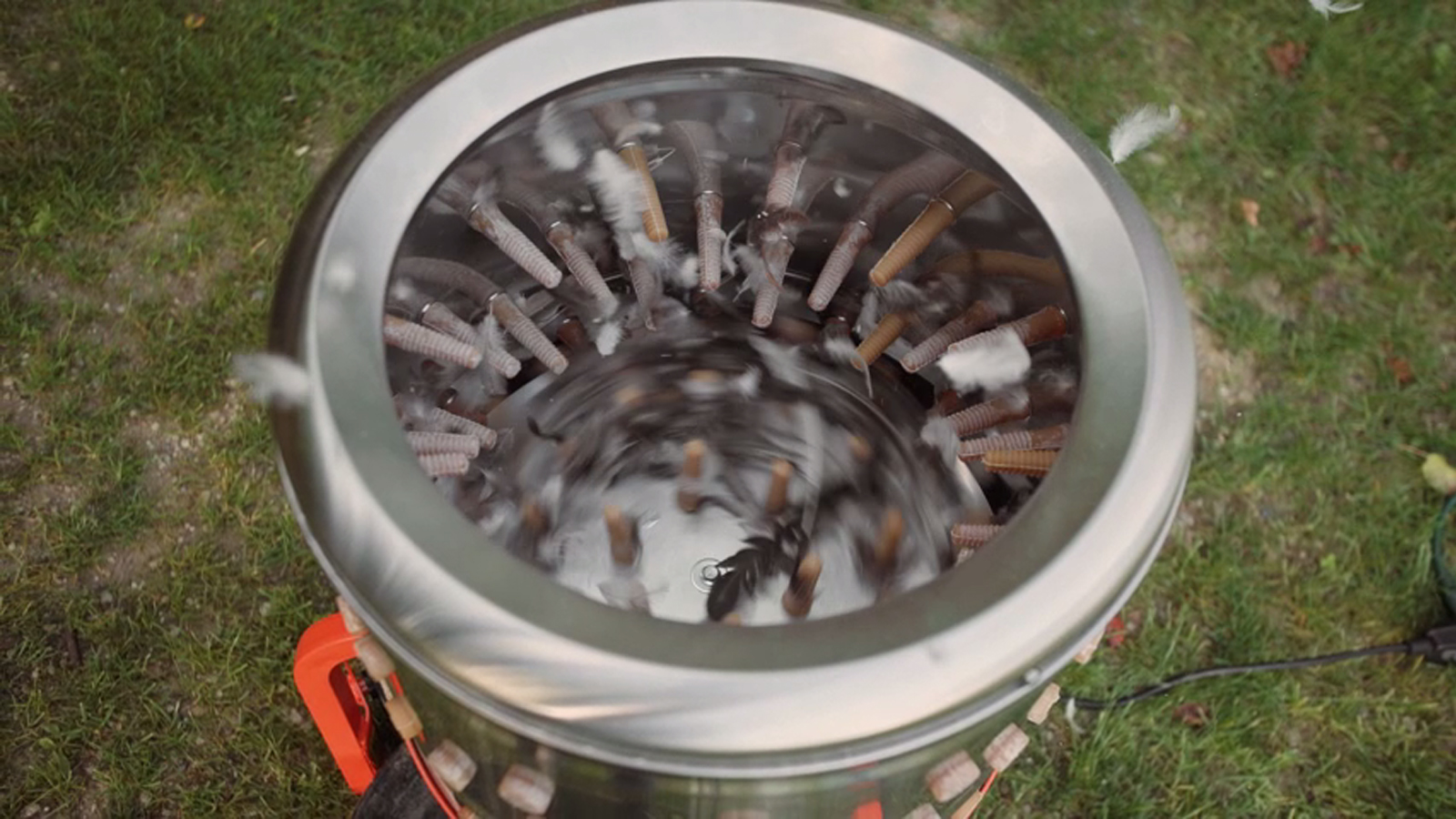
When you look for chicken plucking machines, you find two main types: drum pluckers and handheld pluckers. Each type has special features that fit different needs. You should know how these machines work before you choose one for your poultry processing.
Drum Pluckers
Drum pluckers, sometimes called tub pluckers, use a spinning drum lined with rubber fingers. You place the bird inside the drum, and the machine spins to remove feathers quickly. These chicken plucker machines can handle more than one bird at a time, which makes them a top choice for people who process many birds. You often see drum pluckers in commercial settings or on larger farms.
Drum pluckers offer high efficiency and strong construction. You get faster results and can process up to 15 birds per hour with the right setup. This type of automatic chicken plucker helps you save time and effort, especially when you have a big flock.
Here is a table to help you compare the features of drum pluckers and handheld pluckers:
|
Plucker Type |
Features |
Best For |
|---|---|---|
|
Drum Plucker |
High capacity, robust, processes multiple birds, fast |
Large-scale, commercial, farms |
|
Handheld Plucker |
Portable, affordable, easy to use, small batches |
Home use, small farms, beginners |
If you read a chicken plucker review, you often see that drum pluckers get high marks for speed and durability. Some people even build a homemade tub plucker to save money and get custom features.
Handheld Pluckers
Handheld pluckers, also called finger pluckers, are smaller and easy to carry. You attach them to a drill or use them by hand. These chicken plucking machines work well if you only process a few birds at a time. You can store and move them without trouble.
Handheld pluckers have features like simple design and low cost. You do not need much space or power. Many chicken plucker reviews say handheld pluckers are best for backyard flocks or hobbyists. You get good results, but you work slower than with a drum plucker.
Tip: If you want to process just a few birds, a handheld plucker gives you control and saves space.
When you choose between these chicken plucker types, think about your flock size, budget, and how often you process birds. Drum pluckers fit large-scale needs, while handheld pluckers work best for small jobs. Both types of chicken plucking machines have features that help you get clean birds with less effort.
Choosing a Chicken Plucker
When you pick the best chicken plucker for your needs, you should look at several important features. These features help you get the most out of your machine and keep your meat clean and safe.
Capacity
Capacity tells you how many birds you can process at once. You need to match the size of your flock to the right plucker. If you have a small flock, a 23-inch plucker works well for 2 to 4 chickens. For bigger jobs, a 27-inch plucker can handle 4 to 6 chickens or even a couple of turkeys. Large farms may need a 35-inch plucker, which can process up to 16 chickens at a time. The table below shows how to choose the right size:
|
Processing Volume (Number and Type of Birds) |
Recommended Plucker Size |
Recommended Scalder Size |
|---|---|---|
|
2 to 4 chickens |
23" plucker |
Manual scalder |
|
4 to 6 chickens (or 1-2 turkeys) |
27" plucker |
30" rotary scalder |
|
10+ chickens (or 4 to 6 turkeys) |
35" turkey plucker |
41" rotary scalder |
Tip: Always match your scalder size to your plucker for the best results.
Efficiency
Efficiency means how fast and well the plucker removes feathers. You want a machine that saves you time and keeps your meat in good shape. Some models, like the Yardbird, can pluck a chicken in about 15 seconds. Others, such as the Kitchener or SuperHandy, take less than 30 seconds for 2 to 4 birds. The right features, like drum speed and finger design, boost efficiency and help you process more birds with less effort.
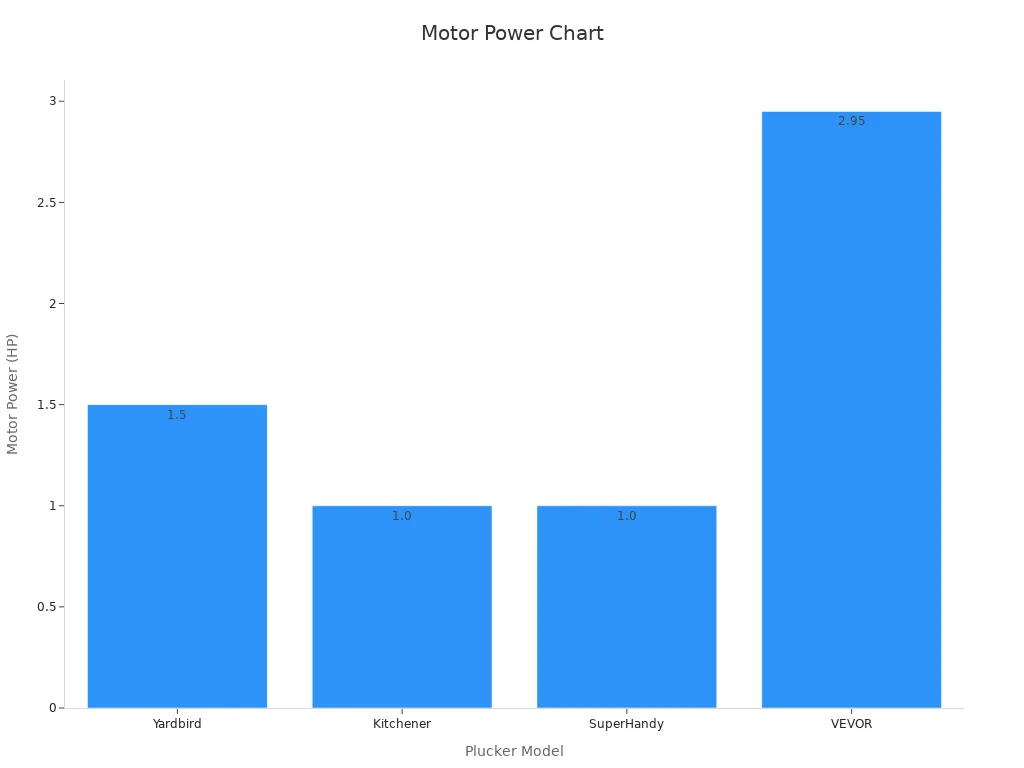
Durability
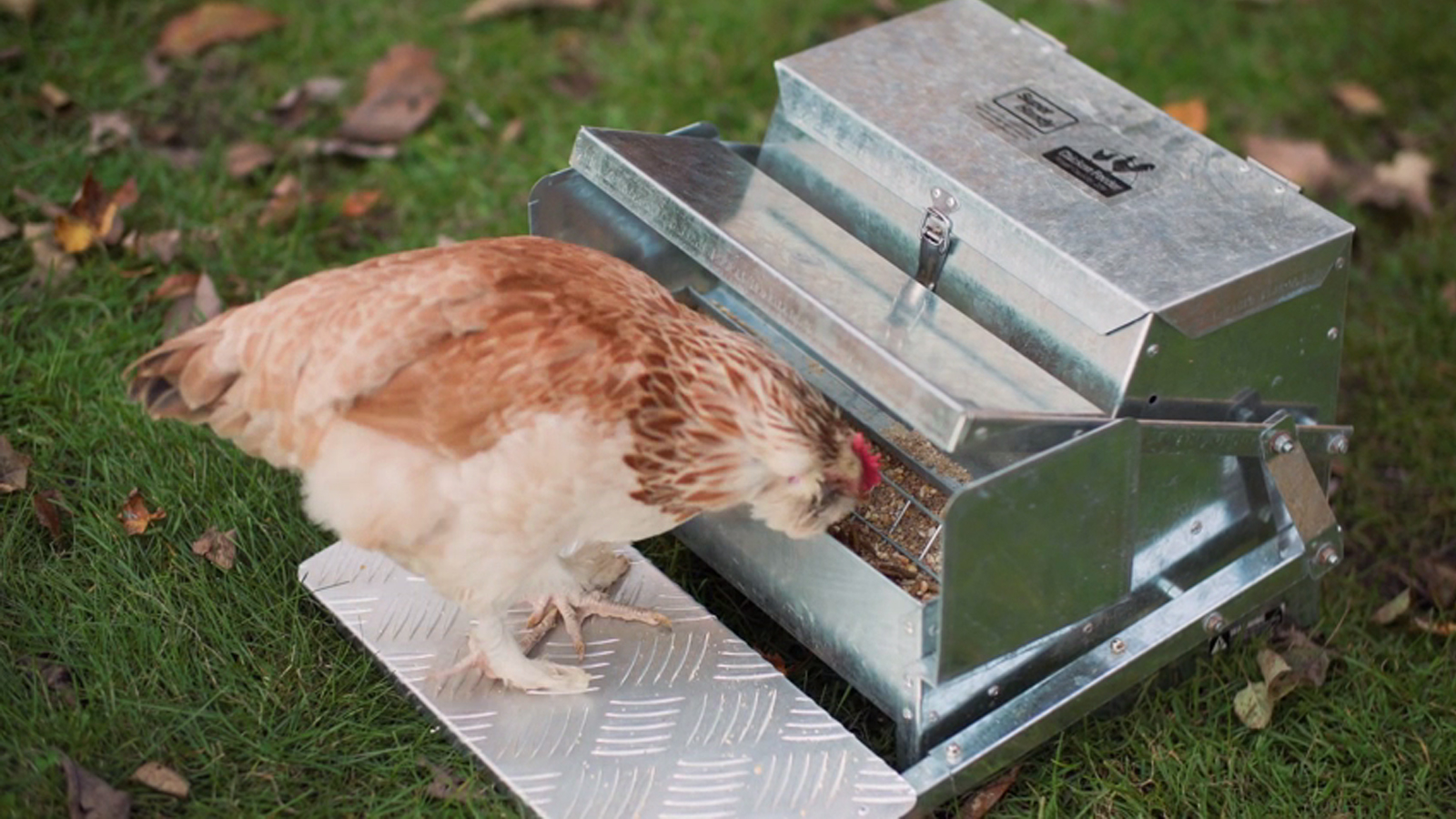
Durability is key if you want your plucker to last. Look for machines made from stainless steel or other strong materials. Check that the rubber fingers are tough and easy to replace. Good durability means your plucker can handle many birds over time without breaking down. You also want features like waterproof motors and sturdy wheels for easy moving.
Cleaning
Cleaning your plucker keeps your meat safe and your machine working well. Choose a model with easy-to-remove parts and smooth surfaces. Features like built-in water pipes or irrigation rings help wash away feathers and dirt. Quick cleaning saves you time and keeps your plucker ready for the next use.
When you compare features, think about the types of birds you process. Some pluckers work better for chickens, while others handle turkeys, ducks, or geese. Always check for safety features, such as GFCI protection and safety switches, to protect you and your meat.
Using and Maintaining a Chicken Plucker
Usage Steps
To use your chicken plucker well, follow these steps. Put the machine on a flat, dry spot. Make sure all the parts are tight and safe. Wear goggles, gloves, and closed shoes to protect yourself. Scald each bird in hot water at 60–66°C for about one minute. This makes the feathers loose and keeps the meat safe. Put one or two birds in the drum, but do not put in too many. Turn on the machine and let it spin at 400 rpm. The rubber fingers pull off the feathers fast and do not hurt the meat. Take out the birds as soon as the feathers are gone to keep the meat nice.
Here is a table with the best settings for good results:
|
Parameter |
Optimal Value |
Impact on Efficiency / Throughput |
|---|---|---|
|
Pluck Size |
13 mm |
Up to 95.8% feather removal efficiency |
|
Base Clearance |
30 mm |
Throughput of 4.08 kg/min |
|
Plucking Pattern |
Circular/Pentagonal |
Maximizes efficiency with correct setup |
|
Machine Speed |
400 rpm |
Highest average efficiency of 84.49% |
Safety
Always follow safety rules when using a chicken plucker. Wear gear to keep your hands, eyes, and feet safe. Keep the floor dry so you do not slip. Never put your hand in the drum when it is spinning. Do not put too many birds in the drum, or you might break the machine or hurt the meat. Always read and follow the maker’s rules for using the machine.
Tip: Put your chicken plucker on a flat spot and check all bolts before you use it. This helps stop accidents and keeps your meat safe.
Maintenance
Clean and check your chicken plucker after every use to keep it working well. Wash the drum, rubber fingers, and all parts with warm water. Take out any feathers or dirt left behind. Look at the rubber fingers to see if they are worn out and change them if needed. Tighten any bolts that are loose. Store the machine in a dry place so it does not rust. A clean machine helps stop germs and keeps the meat fresh for your family or people who buy from you.
Note: Taking care of your chicken plucker helps it work better and keeps your meat good every time.
Picking the right equipment makes poultry processing quicker and safer. It also helps you save money. Automatic pluckers help keep things clean and lower the amount of work you need to do. They work well for both small and big farms. Here is a table that shows how these benefits stack up:
|
Aspect |
Details |
|---|---|
|
Hygiene & Food Safety |
Fewer germs and easier to clean |
|
Economic Benefits |
You pay less for work and get more done |
|
Types of Pluckers |
Drum, tub, and finger pluckers for any job |
-
Automation and smart tools let you process more birds with less work.
-
Always use safety steps and clean your machine to get the best results.
FAQ
How do you clean a chicken plucker after use?
You should unplug the machine first. Use warm water and mild soap to wash the drum and rubber fingers. Remove all feathers and dirt. Dry the parts before storing. This keeps your plucker safe and ready for next time.
Can you use a chicken plucker for ducks or turkeys?
Yes, you can use many chicken pluckers for ducks and turkeys. Check the machine’s size and power. Some models work better for larger birds. Always read the manual to see which birds your plucker can handle.
What safety gear should you wear when using a chicken plucker?
Wear safety goggles, gloves, and closed-toe shoes. These protect your eyes, hands, and feet from flying feathers and moving parts. You should also wear old clothes because the process can get messy.
How long does it take to pluck a chicken with a machine?
Most chicken pluckers can remove feathers in 1 to 2 minutes per bird. Some high-speed models work even faster. You save a lot of time compared to hand plucking.
What should you do if feathers remain after plucking?
Use your hands to pull out any leftover feathers. Check the rubber fingers for wear. Replace them if needed. Scalding the bird longer can also help loosen stubborn feathers.


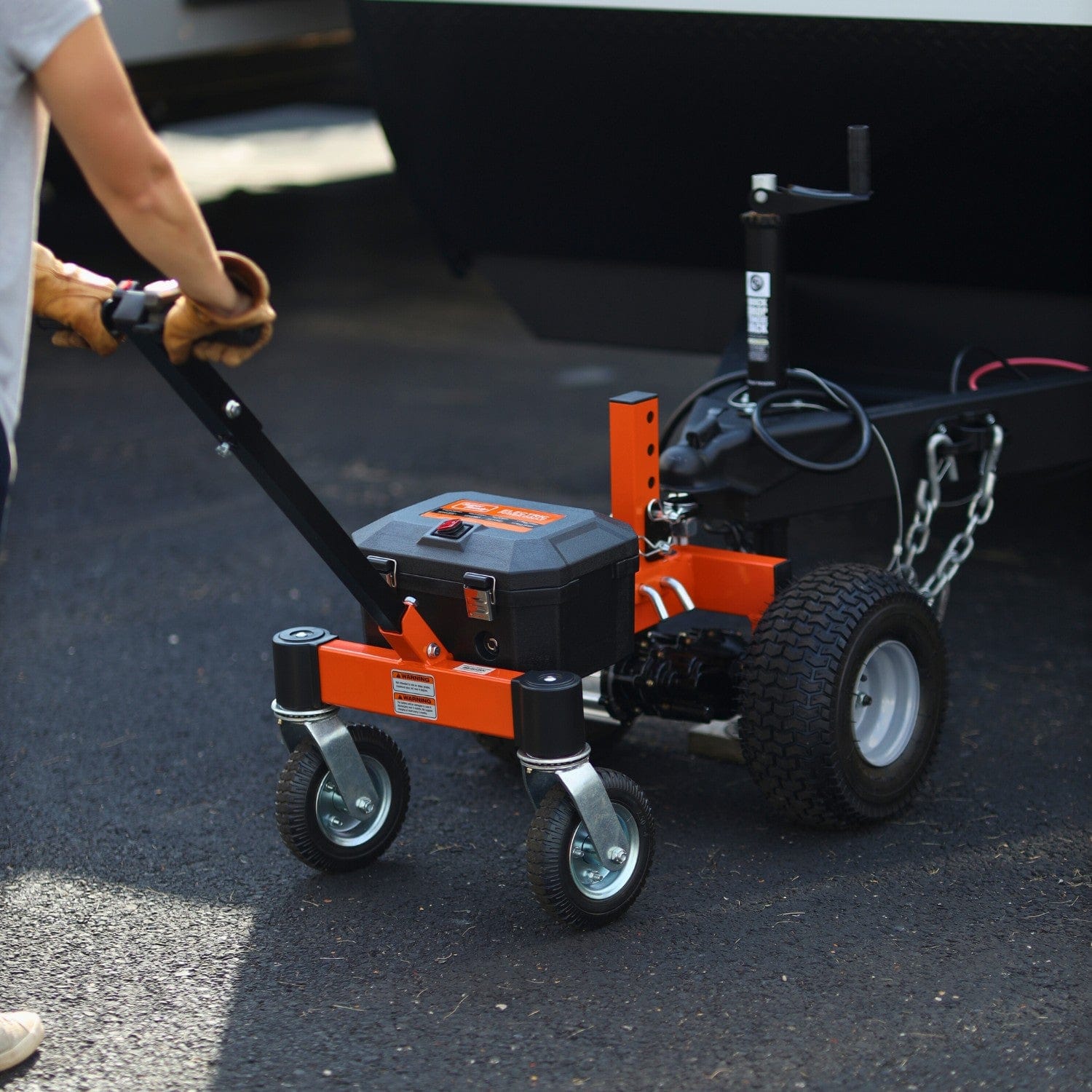
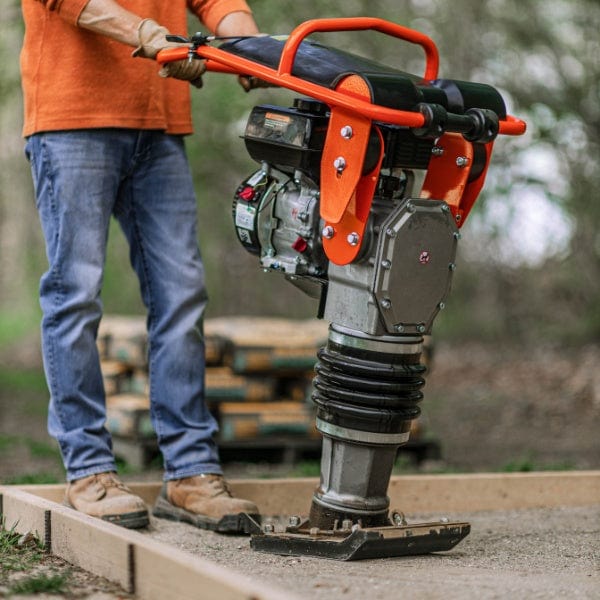
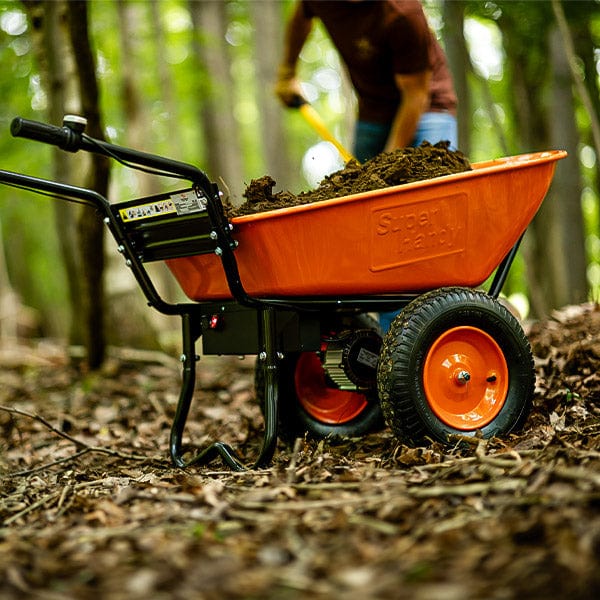


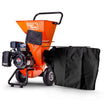
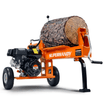
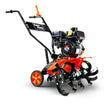
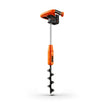
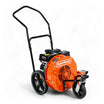
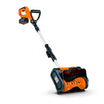
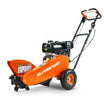
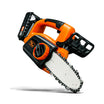

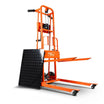
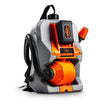
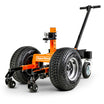
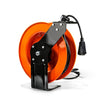
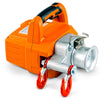
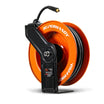

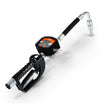

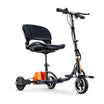
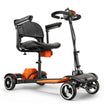
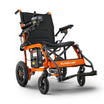
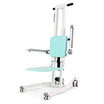

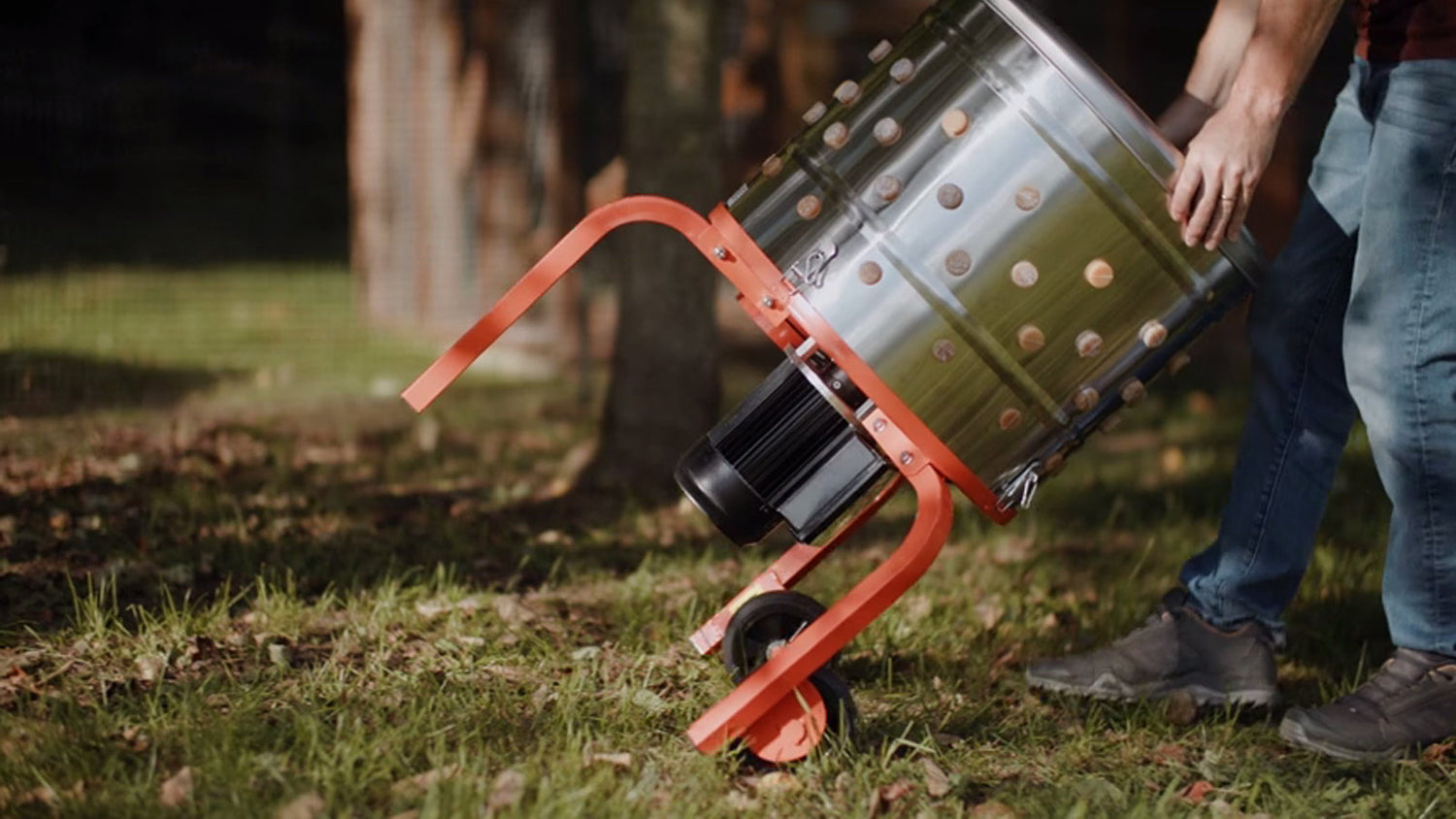
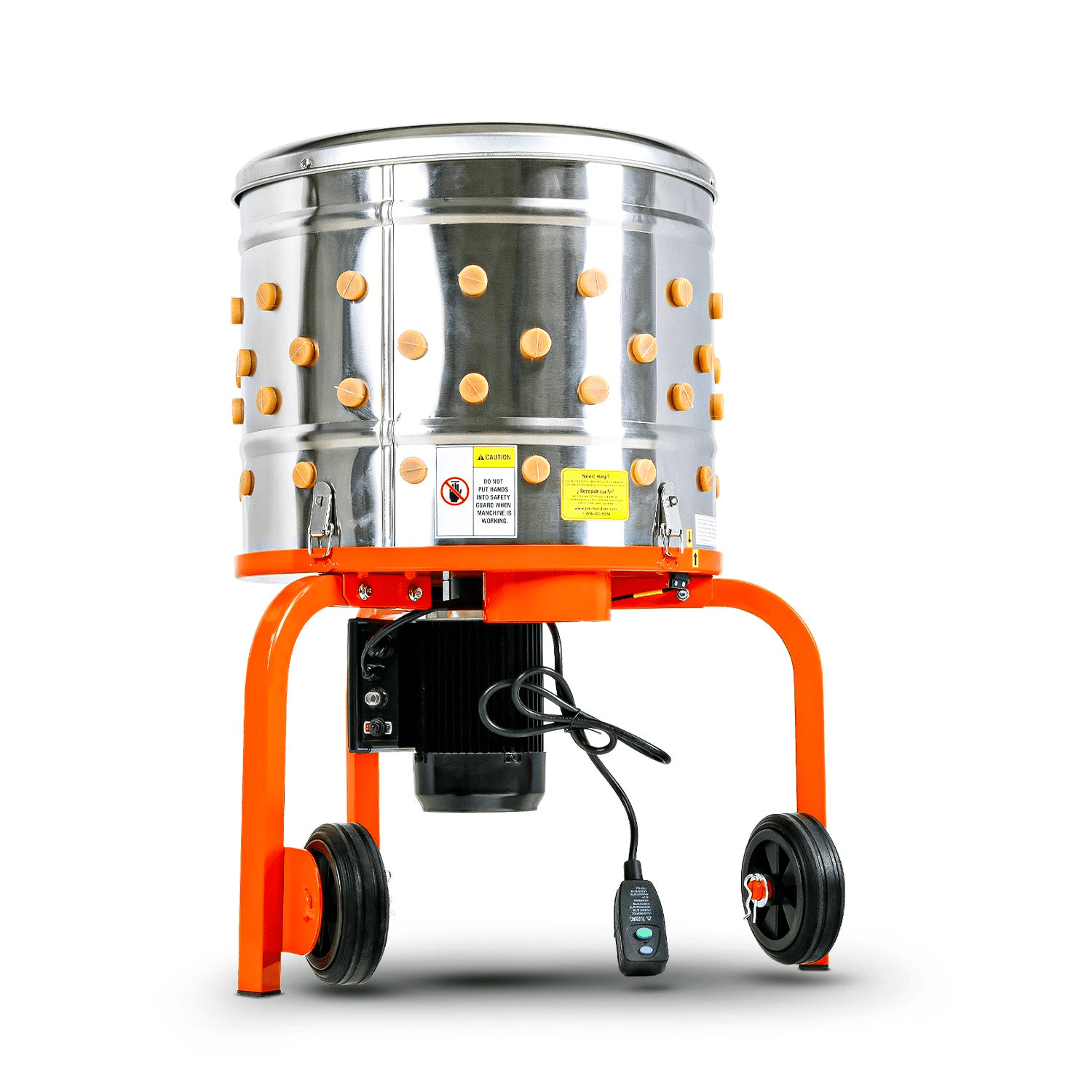
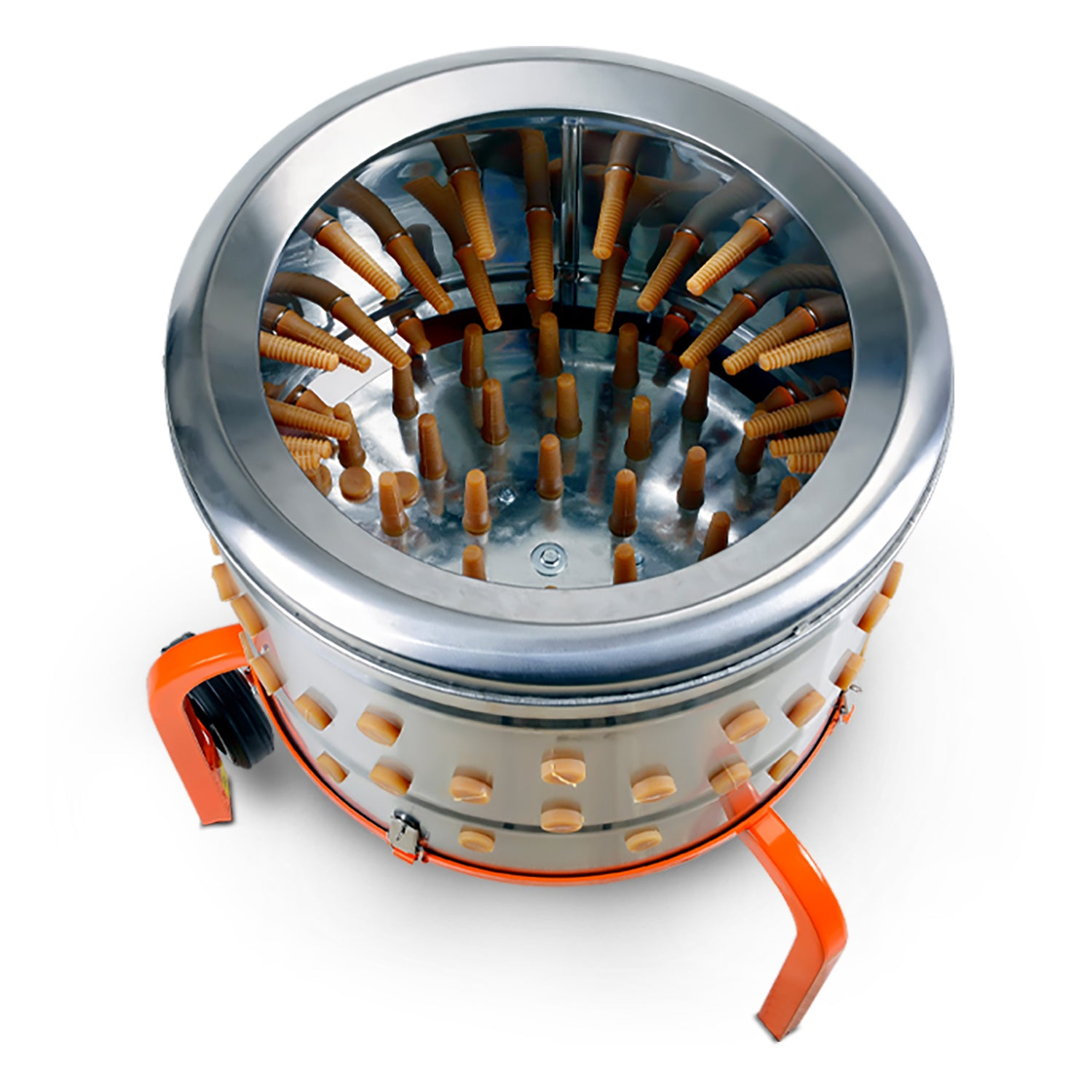

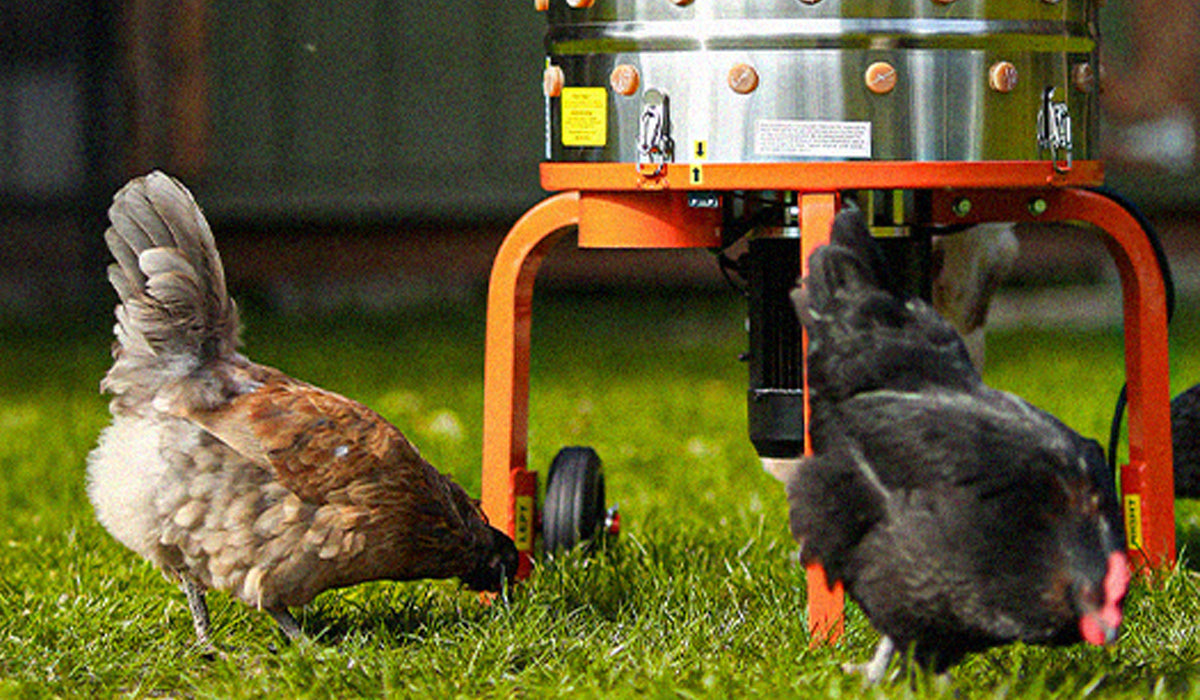
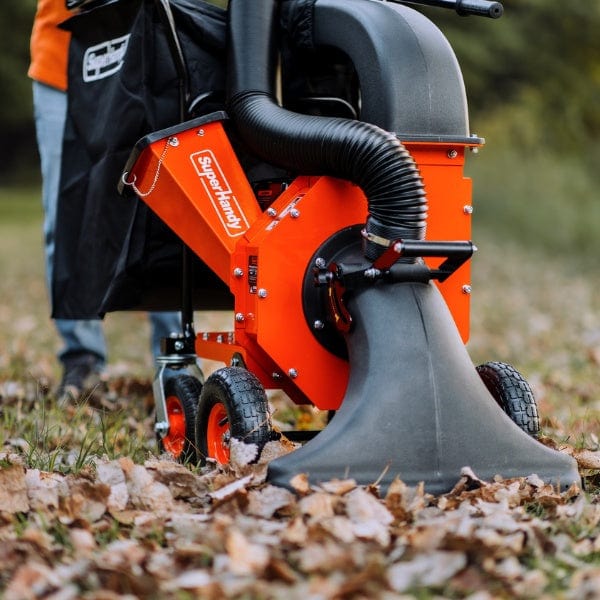
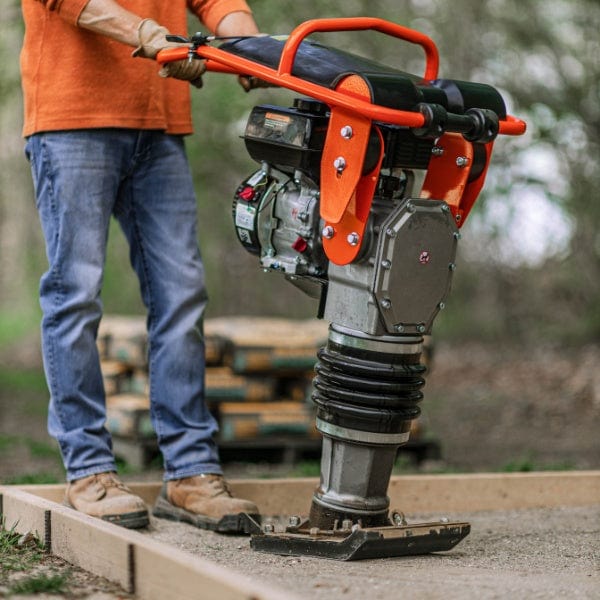
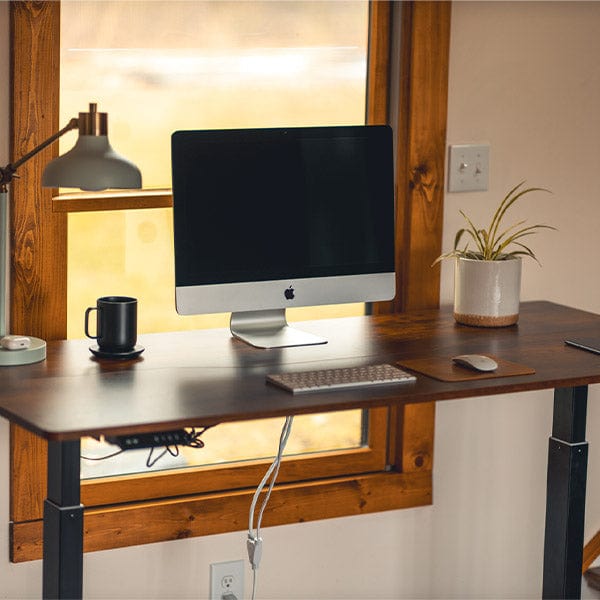
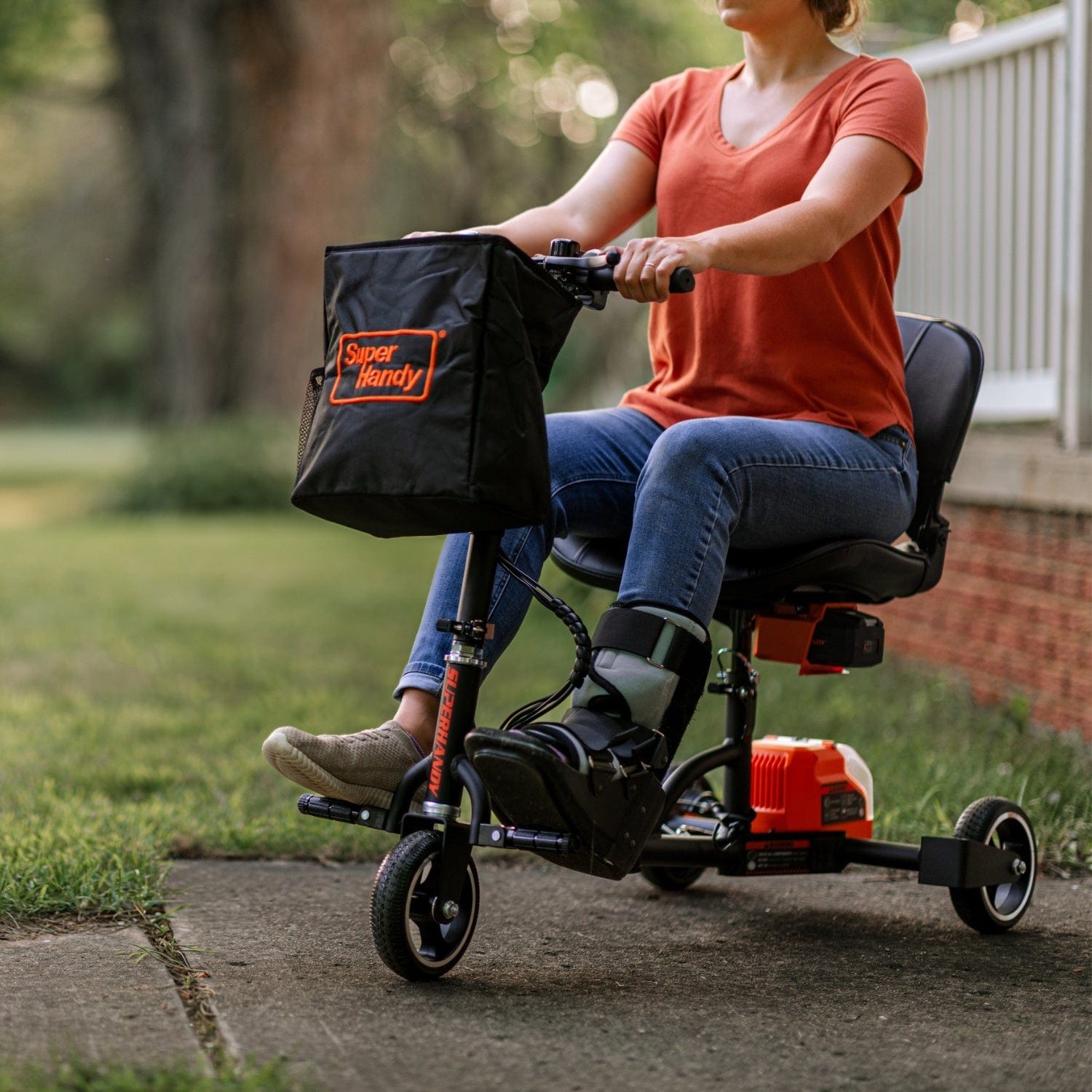
Leave a comment
All comments are moderated before being published.
This site is protected by hCaptcha and the hCaptcha Privacy Policy and Terms of Service apply.